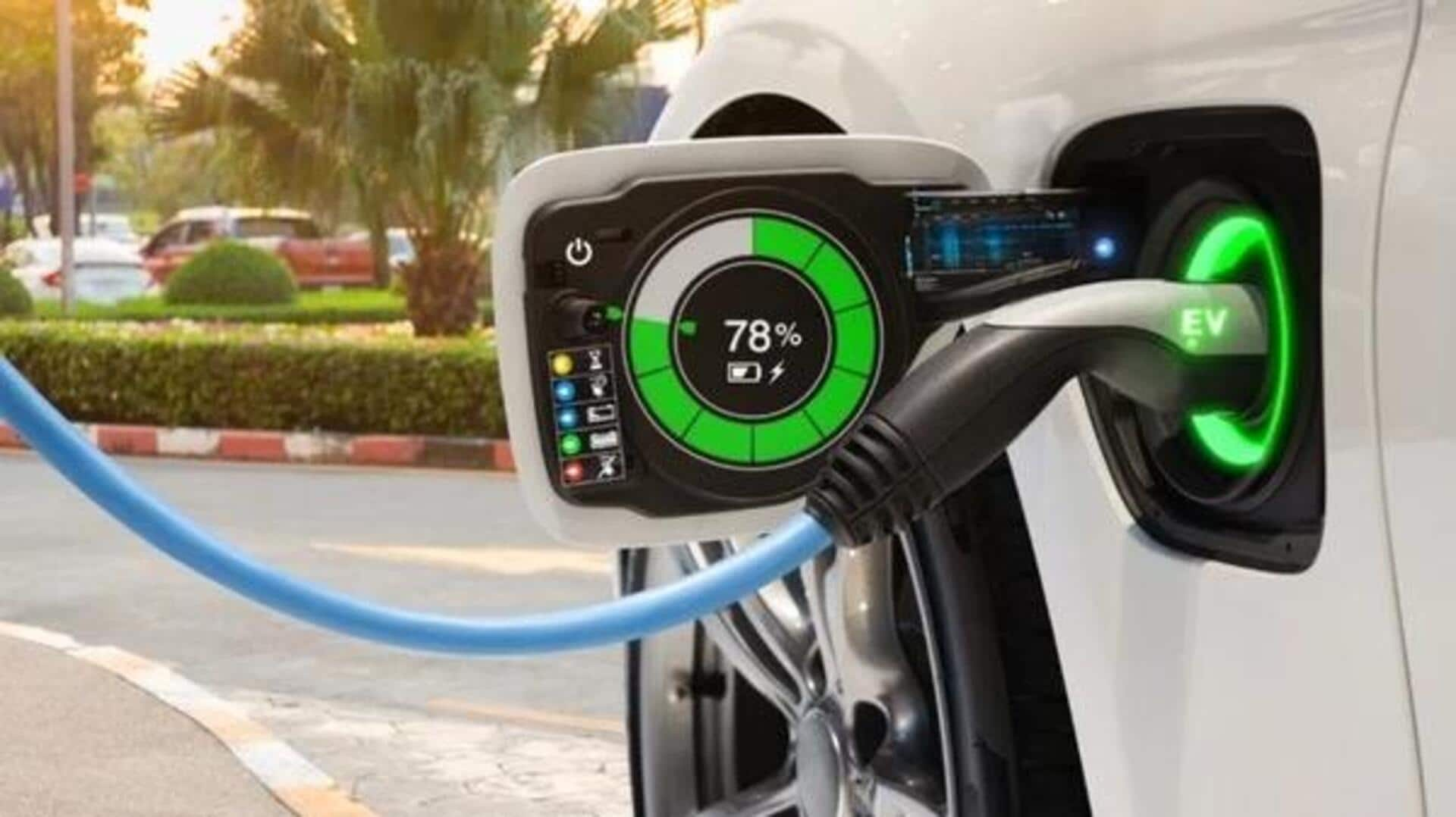
Breakthrough in lithium-sulfur EV battery tech promises longer life
What's the story
Engineers from Southern Methodist University (SMU) have made some major advancements in the field of battery technology, something that could revolutionize the electric vehicle (EV) industry. Led by mechanical engineer Donghai Wang, the team has been working on improving the efficiency of lithium-sulfur batteries. These batteries are still not fully utilized as renewable power sources for EVs and other devices because of certain limitations.
Battery improvement
SMU team addresses polysulfide dissolution in Li-S batteries
The SMU research team has devised a way to prolong the life of lithium-sulfur (Li-S) batteries and enhance their energy levels, as opposed to current renewable batteries. They have addressed a prevalent problem called polysulfide dissolution that decreases battery life over time. Wang's work mainly focuses on designing and synthesizing nanostructured functional materials, and investigating energy storage technologies beyond lithium-ion technology.
Energy boost
New cathode design triples energy storage capacity
The team's innovative hybrid polymer network cathode enables lithium-sulfur batteries to reach capacities over 900mAh/g (milliampere-hours per gram), a major jump from the usual 150-250mAh/g of lithium-ion batteries. This essentially means these improved Li-S batteries can hold a lot more electrical energy. Notably, the new cathode also demonstrates excellent cycling stability, beating conventional lithium-sulfur batteries in how many times they can be charged/discharged before capacity drops significantly.
Renewable potential
Lithium-sulfur batteries: A cost-effective renewable energy source
Lithium-sulfur (Li-S) batteries are considered a promising renewable energy source because they are cost-effective, and offer better energy storage than conventional ion-based rechargeable batteries. However, they have struggled with polysulfide dissolution. In Li-S batteries, a sulfur-based positive electrode or cathode is paired with a lithium metal negative electrode or anode, with an electrolyte in between facilitating ion movement between the two electrodes.